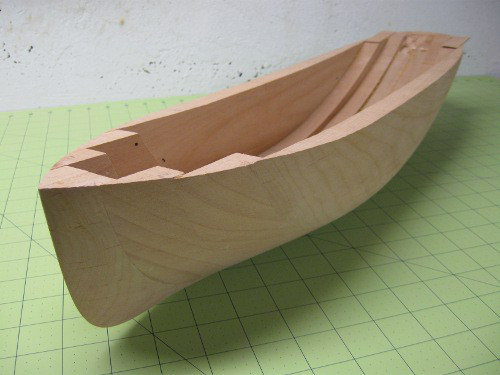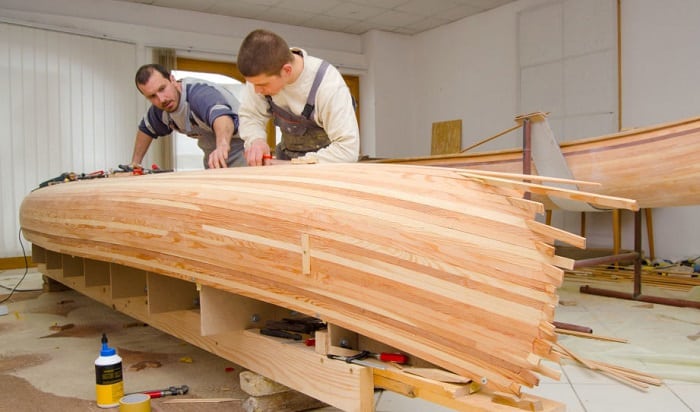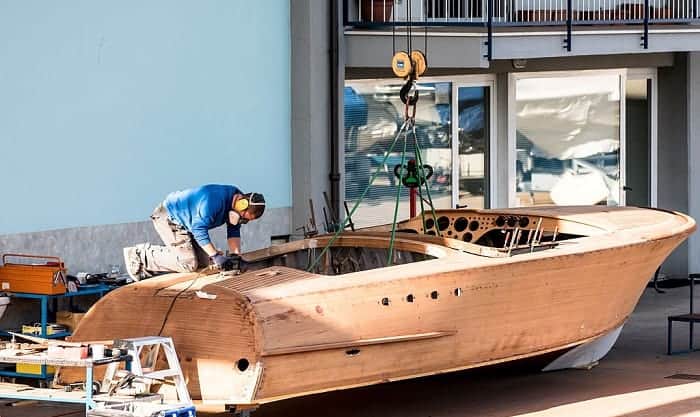
Beyond the Blueprint: Unveiling Hidden Potential in Detailed Plywood Boat Plans
Detailed plywood boat plans for custom fishing boats offer a thrilling pathway to nautical creation, but the journey isn't always smooth sailing. This review delves beyond the typical plan analysis, exploring often-overlooked aspects crucial for both novice and experienced builders. We'll tackle critical questions, offer unconventional solutions, and share real-world experiences to illuminate the path to building your dream fishing vessel.
The Unspoken Challenges: Beyond the Pretty Pictures
Most plans focus on the aesthetics and construction; what about the less glamorous realities?
Q: How do plans account for wood movement due to environmental factors (temperature, humidity)?
A: This is rarely explicitly addressed. Many plans assume ideal conditions. In reality, wood expands and contracts, leading to potential warping and structural issues. The solution lies in meticulous material selection (using stable plywood species like Okoume or marine-grade), implementing robust joinery techniques (like scarf joints for longer members), and considering the local climate when choosing your building site and schedule. Data from the Forest Products Laboratory (FPL) on wood properties can be invaluable here. (Example link: This would link to a relevant FPL page, replacing with an actual relevant page when available) Furthermore, building a small-scale mock-up to test joint performance and wood movement under varying conditions before building the full vessel can prevent costly mistakes.
Q: How can builders mitigate the risks associated with complex curves and compound angles?
A: Many designs feature elegant curves, but their execution demands precision and experience. Simply following plans isn't enough; you need to understand *why* those curves exist. Modern digital tools, like 3D modeling software (Fusion 360, for example), can simulate the construction process, allowing you to anticipate potential challenges and refine your approach *before* cutting the first piece of wood. Furthermore, consulting with experienced boatbuilders or joining online forums dedicated to plywood boat construction can provide invaluable insights and avoid common pitfalls.
Creative Solutions: Thinking Outside the Hull
Let's explore some innovative approaches that elevate the build beyond a simple plan execution.
Integrating Modern Materials and Techniques:
Story Time: I met a boatbuilder who incorporated carbon fiber reinforcement into key stress points of his plywood fishing boat, significantly increasing its strength and durability. This wasn't in the plan, but it demonstrates the potential for creative adaptation. Using epoxy resins with different fillers (microballoons for lightweighting, for instance) to achieve specific structural properties offers another innovative route. Combining traditional woodworking with modern composites opens up a whole new world of possibilities.
Optimizing for Specific Fishing Styles:
Standard plans often provide a general design. However, tailoring the design to your specific fishing needs is key. Are you targeting deep-sea species or inshore fishing? Consider integrating features like:
This level of customization enhances both the boat's functionality and your overall fishing experience.
Beyond the Build: Resources and Community
Building a boat is a journey, not a sprint. Leveraging the right resources and community can make all the difference.
Educational Institutions and Online Communities:
Many maritime colleges and vocational schools offer boatbuilding courses. Supplementing your plan study with formal training provides invaluable hands-on experience and a deeper theoretical understanding. Online forums and communities are also treasure troves of knowledge, allowing you to connect with experienced builders, share challenges, and learn from others' successes (and failures).
In conclusion, while detailed plywood boat plans provide a solid foundation, a successful build requires a holistic approach that considers environmental factors, utilizes modern tools, embraces creative solutions, and taps into valuable resources and communities. By approaching your project with a critical eye, an open mind, and a willingness to learn, you can transform a set of plans into a truly exceptional, customized fishing vessel.











